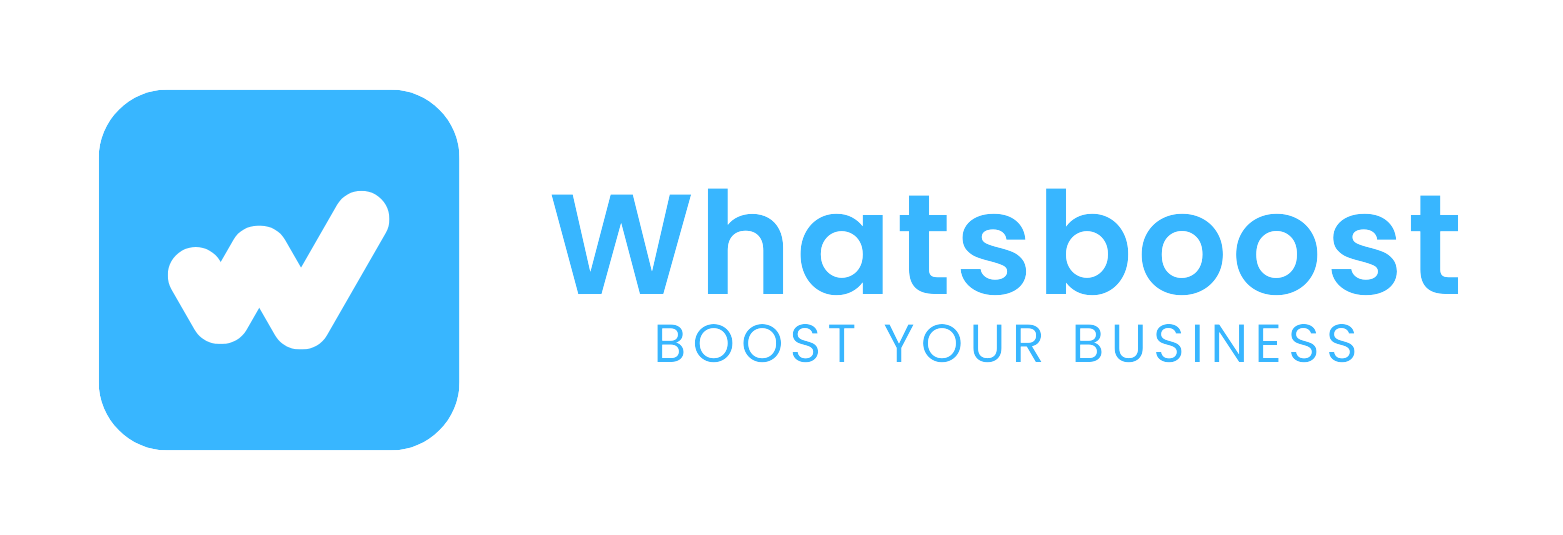
WhatsApp Automation Guide 2025 – Boost Sales & Engagement with Smart Messaging
Learn how WhatsApp automation can transform your business. Discover top use cases, benefits, and step-by-step setup tips for WhatsApp Business App and API in 2025.
In a world where instant responses are no longer a luxury but an expectation, WhatsApp has become the go-to communication channel for businesses. With over 2.7 billion active users worldwide, it’s the perfect space to engage customers directly, personally, and at scale.
But here’s the catch—manual messaging is slow, exhausting, and often inconsistent. That’s where WhatsApp automation steps in, enabling businesses to send timely, relevant, and personalized messages without lifting a finger.
This guide will walk you through what WhatsApp automation is, why it’s a game changer, how to implement it, and the best ways to use it to grow your business.
1. Understanding WhatsApp Automation
At its core, WhatsApp automation is about using technology to handle conversations and send messages on your behalf. Instead of replying to each query or sending every reminder manually, automation tools can:
Respond instantly to FAQs
Send updates based on customer actions (like purchases or sign-ups)
Remind customers about pending payments or abandoned carts
Share personalized offers
Think of it as having a virtual assistant for your WhatsApp, working 24/7 to keep your customers informed and engaged.
2. Why Businesses Are Switching to WhatsApp Automation
If email was the king of business communication in the early 2000s, WhatsApp is the crown holder today. But why automate it?
a) Speed & Availability
Customers expect fast answers. Automation ensures they’re not waiting hours (or days) for a reply.
b) Efficiency & Cost Savings
Your team can focus on closing deals or resolving complex issues while repetitive queries get handled automatically.
c) Higher Engagement
WhatsApp messages boast an open rate of over 90%, far surpassing email. More eyeballs mean more conversions.
d) Scalability
From small businesses to global brands, automation allows you to engage thousands of customers without adding extra manpower.
3. Real-World Use Cases for WhatsApp Automation
Here’s where WhatsApp automation truly shines—these scenarios are proven to drive results.
1. Welcome & Onboarding Messages
When a customer signs up, sends their first message, or places an order, an automated welcome creates a positive first impression.
2. Abandoned Cart Recovery
Roughly 7 out of 10 carts are abandoned. A friendly, timely nudge via WhatsApp can recover up to 60% of these lost sales.
3. Payment & Subscription Reminders
Automated reminders for due payments, subscription renewals, or EMI alerts improve collection rates without awkward follow-ups.
4. Order & Delivery Updates
Customers love real-time tracking. Automation ensures they’re updated at every step—from confirmation to delivery.
5. Event & Appointment Notifications
For salons, clinics, or service providers, reminders reduce no-shows and keep schedules running smoothly.
6. Customer Support Chatbots
A chatbot can answer FAQs, collect customer details, recommend products, and escalate to a human agent when necessary.
7. Feedback & Review Requests
Post-purchase automation can request ratings or reviews, helping you gather valuable insights and social proof.
4. Choosing the Right WhatsApp Automation Method
There are two main ways to automate WhatsApp: the WhatsApp Business App and the WhatsApp Business API. Both serve different purposes.
Option 1: WhatsApp Business App (For Small-Scale Use)
Perfect for small businesses or solopreneurs who want to manage basic automation.
What it offers:
Greeting messages for new customers
Away messages outside working hours
Quick reply templates
Basic contact labeling and organization
Limitations:
Broadcast limited to ~256 contacts who have saved your number
No advanced chatbot features
Limited analytics
No integration with CRM or eCommerce platforms
Setup Steps:
Download WhatsApp Business App (Android/iOS)
Go to Settings → Business Tools
Configure Greeting Message and Away Message
Create Quick Replies for FAQs
Option 2: WhatsApp Business API (For Growing Businesses)
If you want to send bulk personalized campaigns, connect chatbots, and integrate with your CRM, the API is the way to go.
What it offers:
Unlimited broadcast messaging (to opted-in users)
Fully automated workflows (abandoned carts, reminders, etc.)
Chatbot integration for instant responses
Real-time analytics & performance tracking
Multi-agent customer support
Setup Steps:
Partner with a WhatsApp API provider (like Whatsboost)
Get your business number verified
Create message templates for automation
Integrate with your CRM, eCommerce platform, or payment gateway
Launch automated campaigns and track results
5. Best Practices for WhatsApp Automation
Automation is powerful—but only if used wisely. Here’s how to make it work for your brand:
Get User Consent
Only send messages to customers who’ve opted in. This keeps you compliant and avoids spam reports.Personalize Where Possible
Use names, purchase history, or preferences to make messages relevant.Keep Messages Concise
WhatsApp is a quick-read channel; long paragraphs turn people away.Add CTAs (Call-to-Action)
Buttons like “Track Order”, “Shop Now”, or “Renew Subscription” make it easy for users to act.Measure & Improve
Check open rates, click rates, and responses to refine your campaigns.
6. The Future of WhatsApp Automation
As AI-powered chatbots get smarter, expect even richer automation—personalized recommendations, predictive reminders, and deeper integrations with sales funnels. For businesses, this means less manual work and more meaningful conversations at scale.
7. Conclusion
WhatsApp automation isn’t just about sending messages—it’s about building relationships, improving customer experience, and driving consistent revenue.
Whether you start small with the Business App or go full-scale with the API, the right strategy can transform WhatsApp into your highest-converting channel.
If you’re ready to scale your marketing, Whatsboost can help you set up powerful WhatsApp automation—so your business runs while you sleep.
